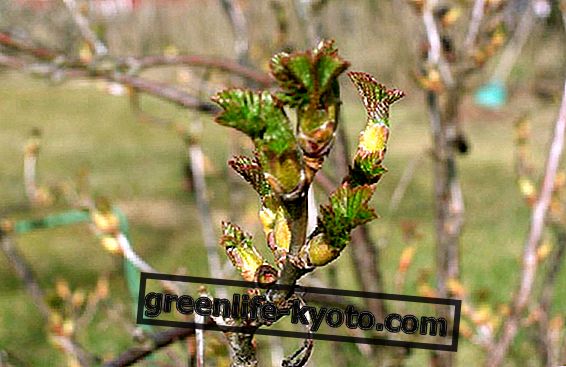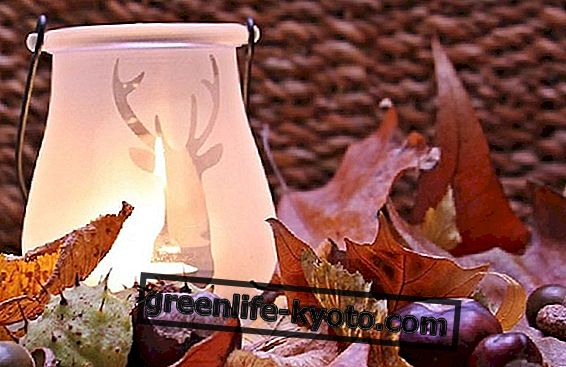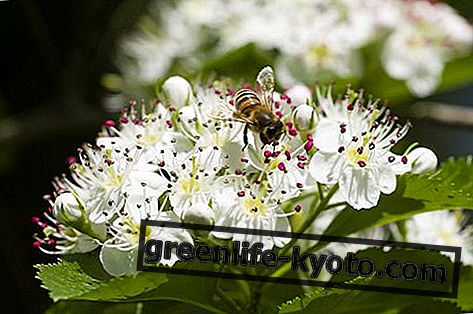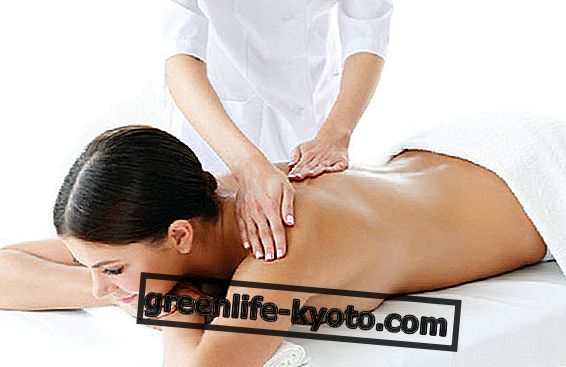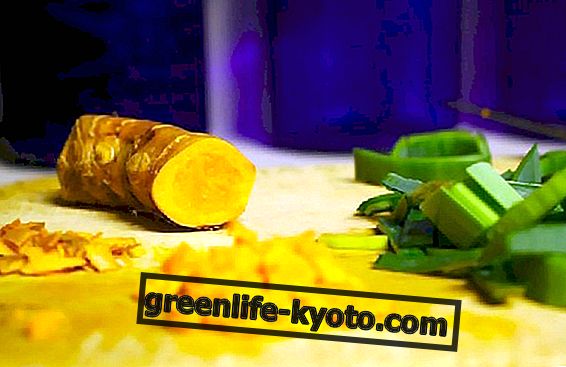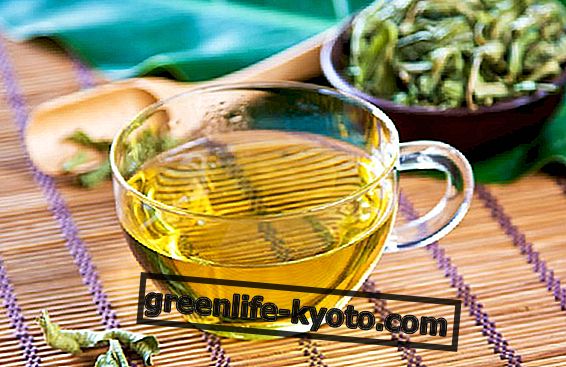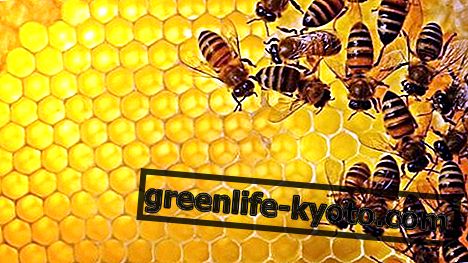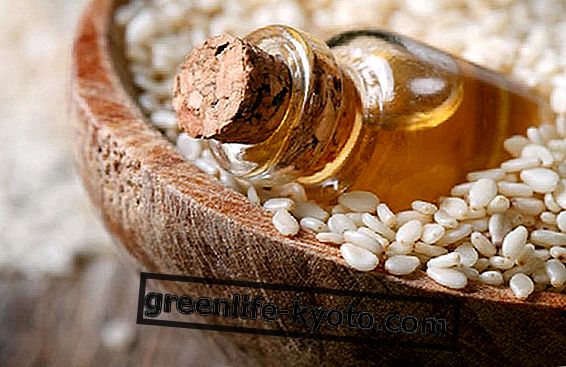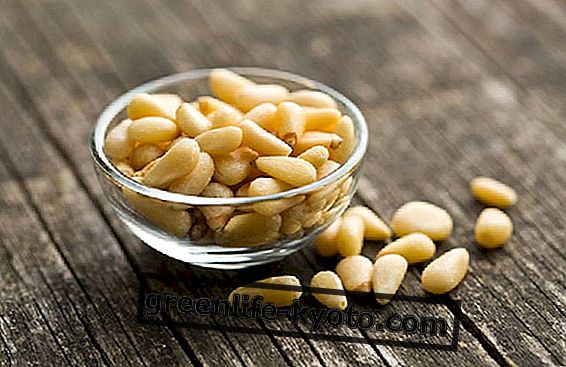
Joint pains ? A universal remedy to mitigate such a torment is Arnica Montana.
Universal because it is indicated for joint pains caused by various problems such as dislocations, sprains, inflammations, arthritis, arthrosis, but also muscular tension .
Arnica Montana: property
> Anti-inflammatory: arnica is an effective remedy able to soothe, burn joints and in particular soft tissues. It is often used also by sportsmen as an emergency intervention in case of stress or trauma.
> Analgesic: arnica carries out an interesting analgesic function where applied, comparable to the action of ibuprofen internally.
> Antiecchimotica: the arnica in contact with bruises, edema and bruises has a reabsorbent action . Accelerates tissue healing processes and relieves localized pain.
Arnica: which solution to choose
The necessary premise is to clarify that arnica in phytotherapy is indicated only for external use . In fact Arnica Montana is a toxic herb for our cardio-circulatory system and for the gastric apparatus. So the solutions we find are for topical use, located on the painful part.
On the market we find various solutions that can adapt to different needs and uses:
> Arnica in Cream: or pomade, is a solution that has a high concentration of arnica and its active anti-inflammatory and decongestant ingredients such as flavonoids, triterpenes, elenaline. It is the most widespread and practical form for application. It must be spread until it is completely absorbed and in case of muscle pain it acts in synergy with a heat source such as a woolen cloth to be wrapped around the painful part. Arnica cream should not be applied in case of an open wound!
> Arnica in Ointment: arnica oil is indicated as a solution for decontracting or anti-inflammatory massages. The active ingredients of arnica are found diluted in a carrier oil such as sunflower oil for example. The solution is applied to the part and massaged until completely absorbed. Also in this case never apply the oil on open wounds.
> Arnica in Gel: the arnica-based gel is often in synergy with other plants with anti-inflammatory properties such as boswellia and devil's claw.
It is useful in case of very strong joint inflammations that need a cold treatment . In fact, the gel is a solution that can be stored in the refrigerator and applied to the flaming part, without massaging. Excellent in case of tendonitis.
> Arnica in Patch: on the market it is possible to find anti-inflammatory and analgesic patches to be applied on the part for a prolonged release of the active substances. Useful for those who during the day cannot make applications of other solutions due to lack of time or too pressing working hours. Disinfiamma and decontrae, useful even before undergoing a manual treatment.
Arnica in Homeopathy
We have said that the arnica must be used only externally, because it is toxic. However, homeopathy is able to obtain a solution compatible with our organism, purging the plant of its toxicity. It is obtained from the mother tincture of arnica which is then diluted.
The homeopathic subject corresponding to the Arnica Montana is the sportsman, the athlete, the archetype is the Discobolus of Myron with muscles and tendons in tension ready for the effort of the throw.
The homeopathic remedy should be taken with the indication of the homeopathic doctor who will also advise which dilution is best suited, from 4CH to 30CH.

